Looking to buy a car lift but your garage height concerns you? Here is how to find the right lift based on the space you have!
Have you ever considered buying a car lift and wondered how it would help with your DIY car projects? Then stop wondering; if you are serious about your wrenching game, you definitely need one! Not only does it make working underneath a car much simpler and more accessible, but it also makes it a lot safer.
Luckily, while car lifts used to be expensive and complex, making them only really suitable for professional use, the situation is a bit different nowadays. Indeed, you’ll now find many affordable devices on the market, aimed at amateur car enthusiasts and weekend DIY’ers.
However, the price is not the only limiting factor, as many garages might not be big enough. In most cases, the ceiling is too low for a full-scale car lift to fit in. Not to worry, though, as we’ll provide you with solutions that work for most garages. And if there isn’t enough height, we will look into several alternative solutions.
No matter how high your garage is, we’ve got covered!
Read more: 7 Best Car Lifts for Home Garages
How Tall Should my Garage Be to Accommodate a Car Lift?
When trying to decide if your garage is high enough to install a lift, two main factors come into play. First, there is the clearance beneath the vehicle, which is determined by the desired working position. If you spend a lot of time working under your car, being able to stand up straight is always the better option. A person of average height would need between six and seven feet to ensure a comfortable working position and sufficient maneuvering space. Still, keep in mind that this is the distance between the garage floor and the bottom of the vehicle. Some lifts use a car’s lifting points (2-post lifts), and on others, the car sits on its wheels (4-post lifts).
Next, you need to find out how high is the vehicle you will be working on. But remember, if you intend to buy a 2-post lift, we are talking about the distance between the vehicle’s floor and the roof, while if you choose to go for a 4-post model, you’ll need to measure the overall height from the ground up. Also, make sure to include any antennas or roof rails here.
After adding up these two numbers, you will now know how high the ceiling in your garage should be so you can comfortably work in a standing position. Generally, anything between 10 and 12 feet should be good enough for most cars and small SUVs, but keep an eye out for that if you plan on working on lifted trucks and bigger vehicles.
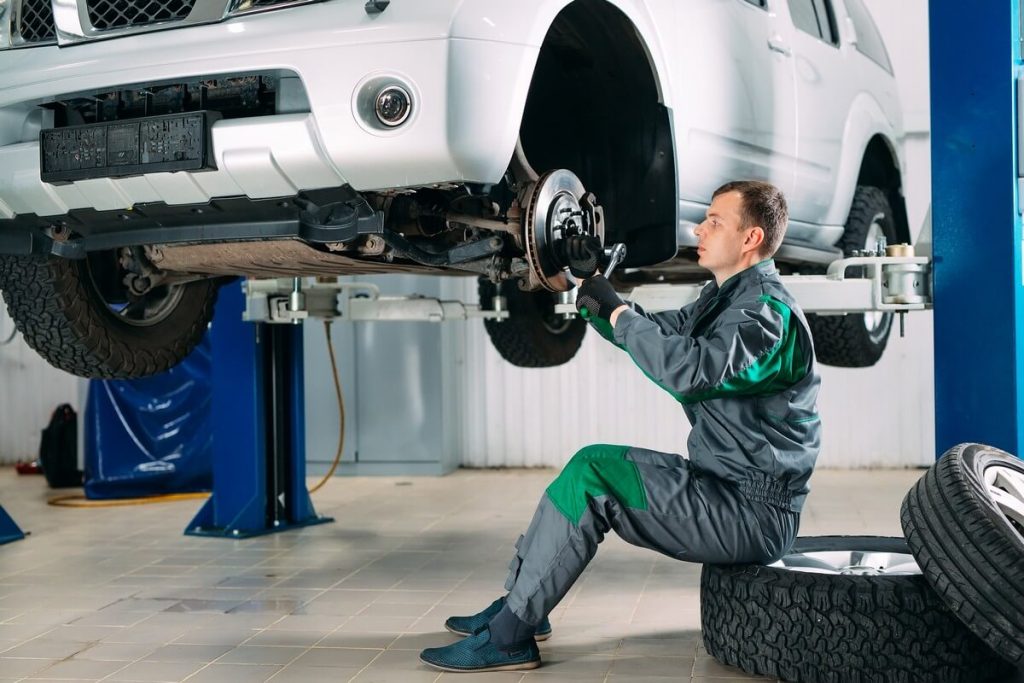
What If my Garage Is Not High Enough?
Many car owners have garages whose ceilings are well below 11 feet, meaning that working upright probably won’t be an option. Fortunately, there are some alternatives.
One of the solutions is to use a creeper seat, which is a popular option among professional mechanics but even more with body repairmen. As its name suggests, a creeper seat is an adjustable stool allowing you to work under the vehicle in a sitting position. This combo is suitable for medium garages, with ceilings approximately nine feet high. With it, you will still have almost five feet of clearance beneath the car.
If your garage is even lower than that (or maybe you have some sort of overhead storage rack system), a classic mechanic’s creeper will be the only solution. With such a low ceiling, you will only be able to lift the car a couple of feet high and slide underneath in a lying position. As this is not very high, some may argue that jack stands would be more than enough here (and much cheaper). Still, a car lift is significantly more convenient, quicker to set up, and much safer too.
What Are the Common Types of Car Lifts?
Having determined how high your garage should be to accommodate a lift, let’s look at the various types available. Car lifts come in different shapes and sizes, and selecting the right one is not always easy. Still, most of the devices on the market today fall in three main categories, with each having recognizable features, and of course, its own sets of pros and cons.
4-post lifts
A 4-post lift is one of the most straightforward ways of raising a vehicle up high. It’s a steel platform with a large void in the middle, with posts at each corner. Inside every of these steel pillars, there is either a screw-type mechanism or a hydraulic cylinder raising the platform to the desired height.
With such a table-like configuration, 4-post lifts are very stable under loads and don’t need massive bolts to keep them solidly anchored to the ground — I’ve even seen specific models that don’t even need to be bolted down at all, equipped with caster so you can move the lift around when not in use.
Read more: Best 4-Post Car Lifts for Mechanics [2022 Review]
In addition, driving the car onto the platform is no more difficult than maneuvering into a parking space. On the downside, these lifts are bulky and quite wide, taking up a lot more space than the car they are carrying. Furthermore, these lifts are not practical for any repairs requiring taking the wheels off, as the car still sits on them while on the platform. To be able to lift the vehicle from the platform and remove the wheels, you’ll need to install extra bridge jacks, which can significantly add up to the total cost of your setup.
2-post lifts
Today, 2-post lifts are the most widely used type in professional repair shops. Unlike their four-legged counterparts, these have a pylon on each side of the vehicle, both equipped with a pair of adjustable arms to be positioned under the vehicle’s lifting points.
2-post lifts use a single electric motor and a hydraulic system to raise the vehicle. With the vehicle lifted and wheels hanging in the air, working underneath or on suspension components is easy, which is an upside. Also, these lifts are more compact than 4-post ones, especially when not in use.
Read more: Best 2-Post Car Lifts for DIYers and Professional Mechanics
However, due to their geometry, 2-post lifts need much stronger foundations and will definitely need to be bolted to the ground. Still, the 2-post configuration is more versatile, can accommodate a wider range of vehicles, and is simply better suited for most applications.
Scissors lifts
Scissors lifts are the latest trend among car lifting solutions, with many mostly focused on weekend DIY’ers and amateurs. This type comes with a platform, similar to a 4-post lift, although considerably shorter in length. Underneath, there is a pair of scissor mechanisms, each operated by a hydraulic cylinder.
But, with the platform only covering a car’s midsection, the wheels are left hanging once the lift is up, providing unobstructed access to both axles and drivetrain components. Side rockers are the only components that remain covered because that’s what the car sits on while on the platform.
One of the most interesting advantages of scissor lifts is the fact that they are mobile and somewhat portable, meaning they can be pushed to the side when not in use, which can be life-changing in one-car garages. The only real drawback is the total lift height, usually limited to less than five feet for most models and the somewhat obstructed underside of the car. Due to the hydraulic cylinder and platform, it’s definitely not designed to replace exhaust or driveshaft u-joints for instance.
Which Type of Car Lift Is the Best for Me?
A 4-post car lift is, apart from some unique and specialized applications, not the most practical solution for workshops and garages. Still, it will be the best option, by far, if you have several cars and not enough space to park them in your garage. This lift will raise the vehicle in the air and leave a matching free footprint underneath it. Assuming an additional parking spot is what you require, it is your best bet.
Currently, 2-post car lifts are the standard in the automotive repair industry with the best features all-around. They are more versatile, faster to operate, and offer unobstructed access to the underside of your vehicle. Hence, if you work on many cars, do all sorts of jobs, and want everything done quickly, a 2-post car lift is the way to go.
Lastly, scissor lifts are the best option if you only occasionally need to work underneath cars. For instance, if you mostly do bodywork repairs and a lot of sanding, or brake jobs and suspension replacements, a scissor lift is more than enough to bring the car to a suitable height to work sitting on a creeper seat. Moreover, they are significantly cheaper (by a mile), much more compact, and mobile — what’s not to like?

Do I Need a Permit to Install a Car Lift?
In most cases, you won’t need a permit for installing a car lift in your own garage — of course, if there is no construction work involved, that is. Still, we would recommend checking with your local authorities, just to be on the safe side. In some areas, installing car lifts might be prohibited in residential areas.
Also, car lifts need to be hardwired into your garage’s existing electrical installation and professional installation might be required — that really depends on where you live.
Last Words
Car lifts can make a big difference in any serious mechanic’s life and that’s true even for amateurs. And trust me; once you try one, you’ll never want to go back to using jacks.
Now, a scissor lift might not be for everyone, but if you are an amateur DIY’er like me, it should be more than enough for most repairs. However, if you have the space and budget, I would highly recommend getting a high-quality 2-post car lift. It doesn’t take a lot of space, yet gives you the option to work on every component, including a full-on transmission or engine rebuild. Meanwhile, if you only need more parking spaces in your tight garage, a 4-post car lift is also a pretty decent option.
As with most buying decisions, this one is on you. Still make sure to properly consider your needs and priorities, and use the knowledge acquired in this article to find the best car lift for you!
Happy wrenching!

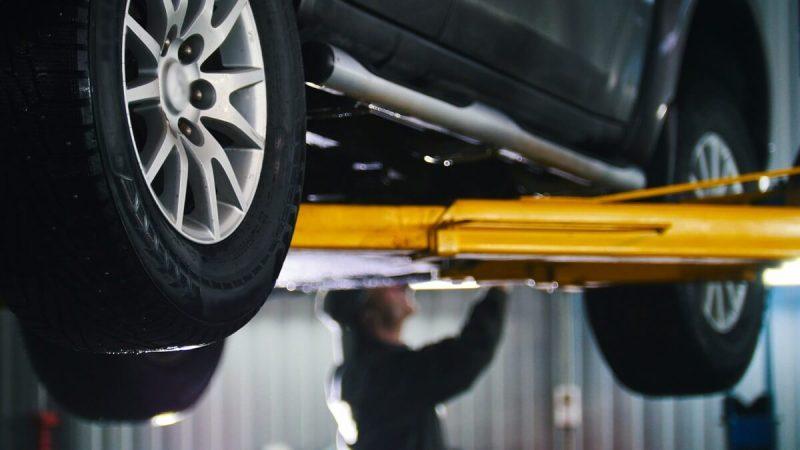

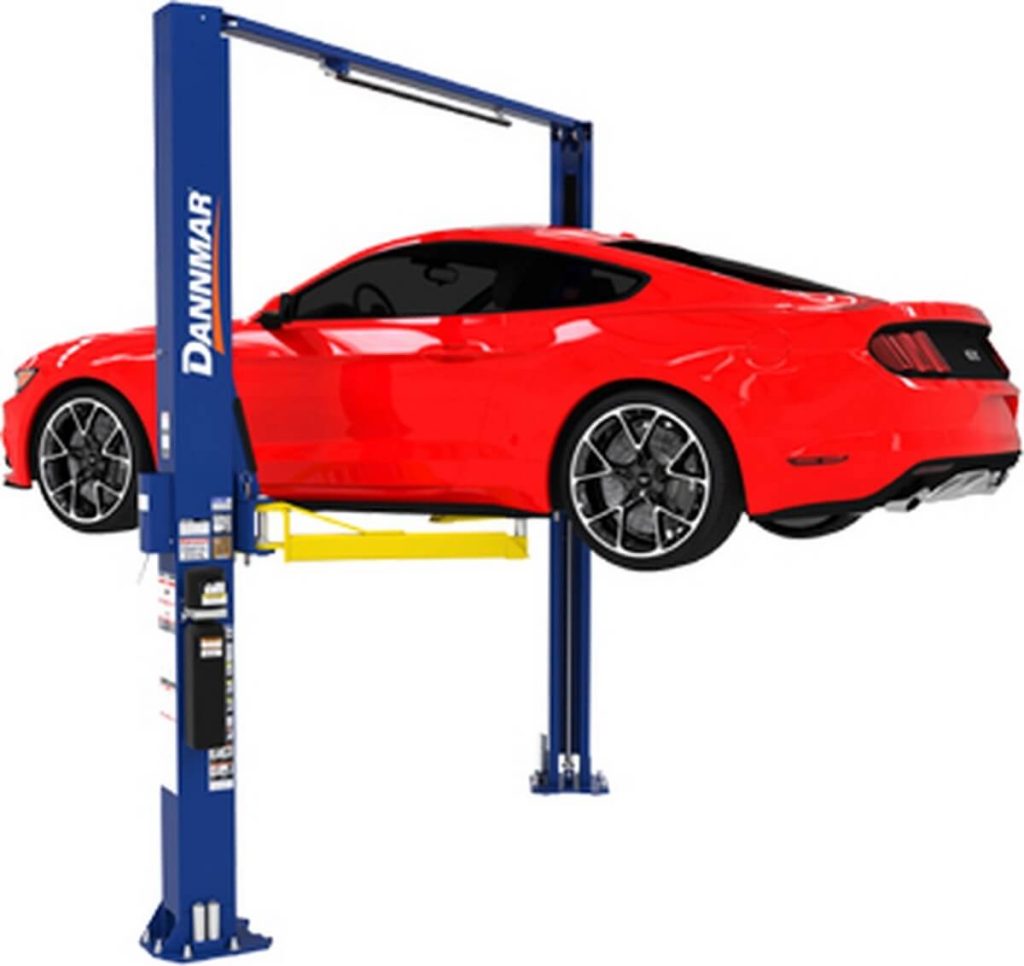
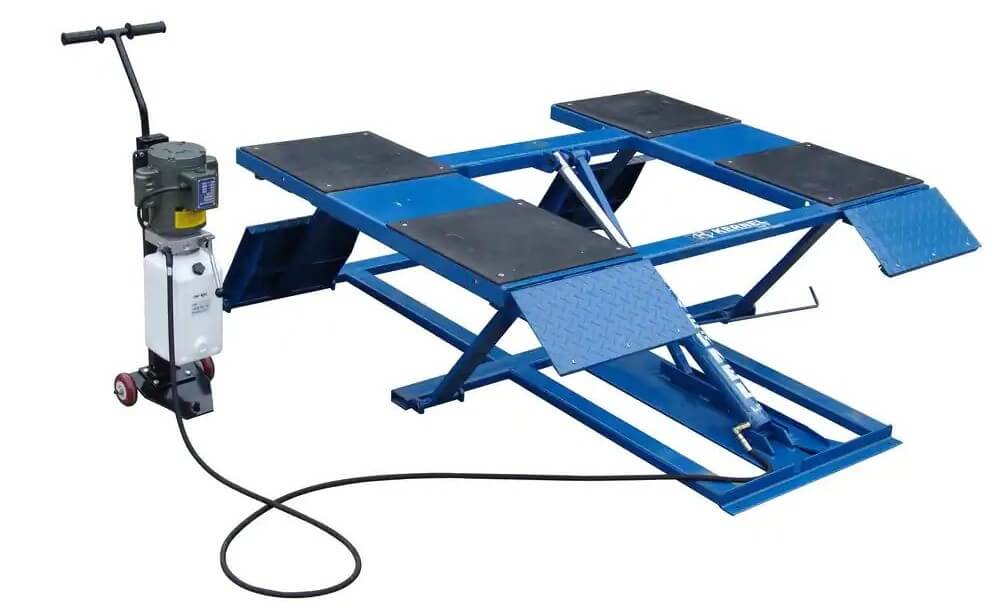

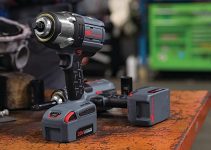


![Best Tire Changers for Amateurs and Professionals [2022 Review]](https://garagespot.com/wp-content/uploads/2022/01/Best-tire-changer-e1652905942544-compress-211x150.jpg)
![Best Wheel Balancers For the Money [2022 Review]](https://garagespot.com/wp-content/uploads/2022/01/Best-Wheel-Balancers-For-the-Money-compress-211x150.jpg)